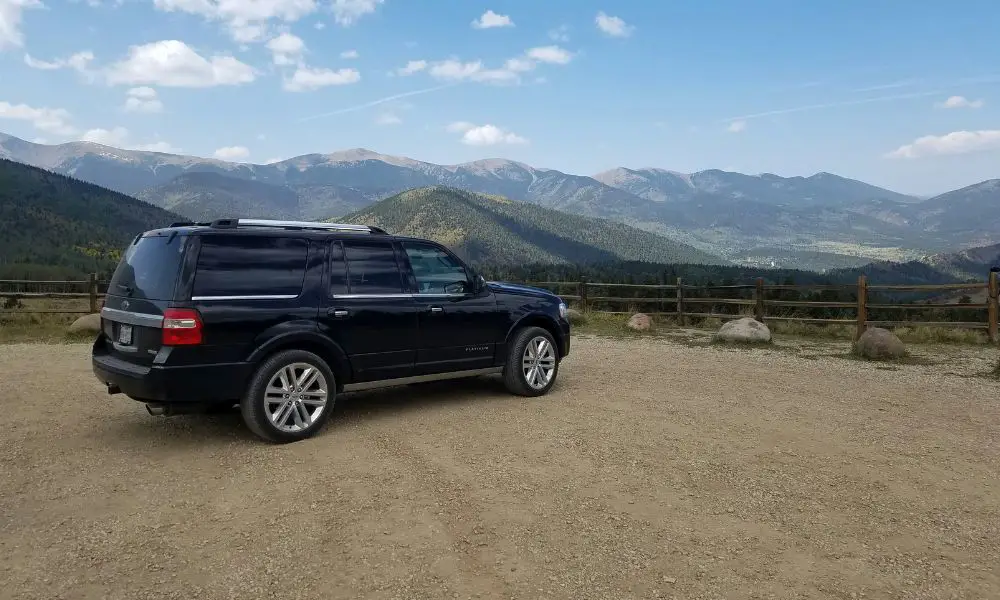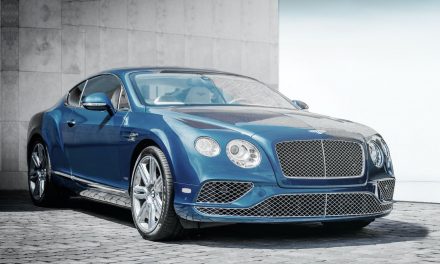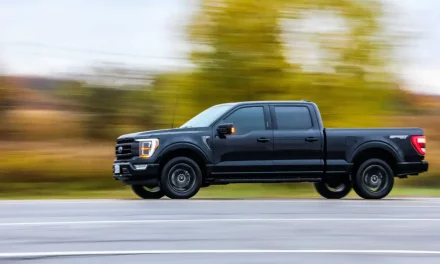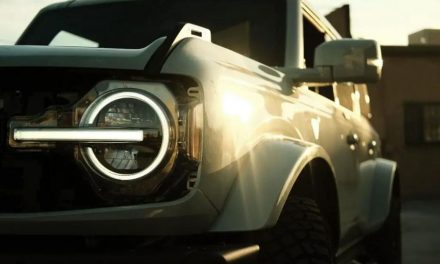A While back, I was searching for a new truck and wanted an F-150; however, after learning about Cam Phasers and their tendency to fail, I became reluctant to purchase one. After several failed attempts at test driving and finding some that had already failed and some that had been repaired in the past with a “fix,” I ended up not buying one. Instead, I opted for a 2004 Dodge Ram 1500 with a 5.7-liter engine.
If you are on the hunt for a Ford vehicle but are worried about this. In that case, these vehicles below currently have Cam Phasers and are at least worth double-checking before purchase. These issues plagued many Ford, Lincoln, and Mercury vehicles starting around 2002 and ending all the way up until 2014 when Ford phased out the 2-valve 5.4-liter Engine.
Jump to:
1. 2004 – 2010 Ford F-150 (5.4)
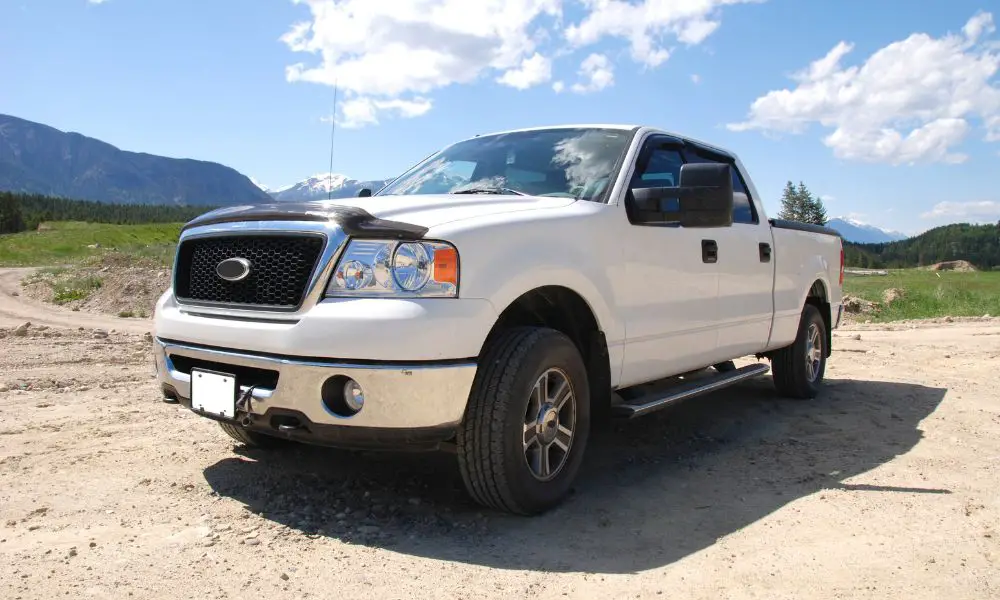
This generation of F-150 is the most well-known vehicle to have this issue. It ranged from the 2004 F-150 after its redesign to the next generation until they moved away from the 5.4, instead moving to the 5.0 that replaced it in 2011. Yep, that’s right, they didn’t fix the issue… they just had to replace it.
2. 2009 – 2010 Ford F-150 (4.6)
The 4.6-liter Engine was the base version of the F-150’s engine choices. Thankfully, this was an issue with these engines when they switched over in 2009. Then, it disappeared in 2010 when the Engine was replaced.
Earlier versions of the 4.6 didn’t have the cam phaser issues, as they had the 2 valve. These trucks are the ones I would prefer. However, I have also found them to be rare and expensive if you do find them.
3. 2006 – 2010 Ford Explorer (4.6)
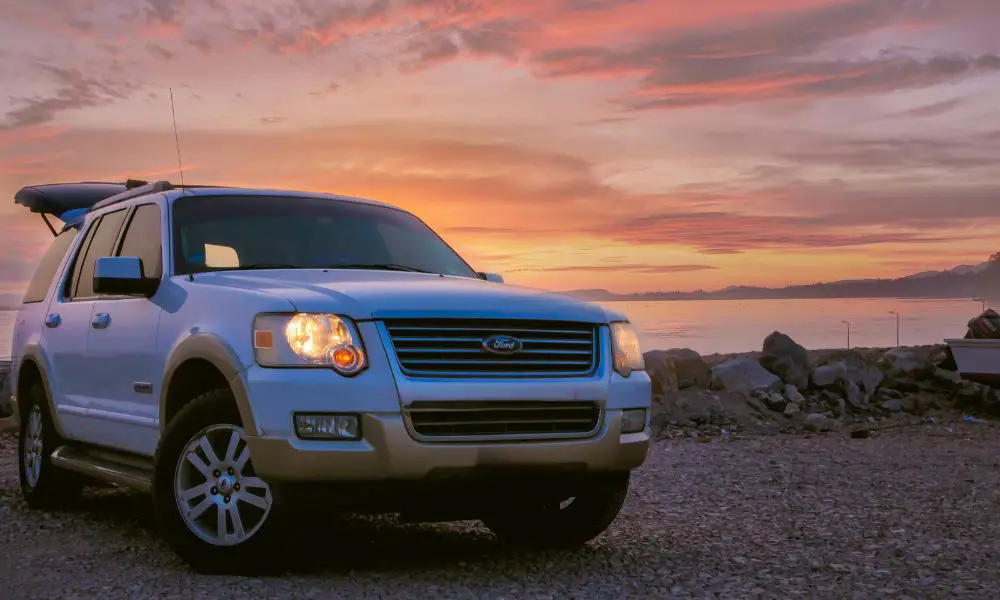
Before its redesign in 2011 and ultimately switching to a crossover platform, the Explorer was a body-on-frame vehicle that used its truck platform of 4.6 liters. From 2006 until 2010, the Explorer had cam phasers and was susceptible to this issue.
4. 2007 – 2010 Ford Explorer Sport Trac (4.6)
The Explorer Sport Trac was almost the exact same vehicle as the Explorer, just with a bed. Because of this, it carried over much of the same drivetrain, including the cam phaser, which enabled 4.6 Liter.
5. 2004 – 2010 Ford F-250 (5.4)
Much like its little brother, some of the F-250s from 2004 until 2010 had the same Engine as the F-150 and the same issues. You find these trucks with the 5.4 less than the F-150 as many people opted for the larger engines this platform offers, but they are out there.
6. 2004 – 2010 Ford F-350 (5.4)
Again, the F-350 used the same Engine in some of its trucks as the F-150 (and F-250) and had the same concerns with the cam phasers. However, just like the F-250, and probably more so, people opted for diesel options or larger gas engines that thankfully didn’t have the cam phaser issue.
7. 2005 – 2010 Ford Mustang GT (4.6)

Yes, the mighty Ford Mustang GT was on this list of problem vehicles! From 2005 until 2010, the cam phasers caused issues in one of the most sold sports coupes in the world.
It would be best if you kept an eye on any other Mustangs in this year’s range with the 4.6-liter Engine in their engine bay.
8. 2006 – 2010 Mercury Mountaineer (4.6)
In 2006, Mercury (a now-defunct version of Ford vehicles) made its own rebadged version of the body on the frame version of the Ford Explorer. The 4.6 Liter engine was used and thus had the cam phasers!
9. 2005 – 2014 Ford Expedition (5.4)
The Expedition, a larger version of the Explorer, used the 5.4-liter Engine that the F-150 was using and carried over the cam phasers, causing similar issues found in the most sold truck on the planet.
10. 2004 – 2014 Lincoln Navigator (5.4)
Finally, we have the Navigator, an better version of the Expedition. Unfortunately, it didn’t have a better engine, and the 5.4 liter was still used, with the same issues.
What is the issue with the Cam Phasers?
If you ended up on this article, you likely are in the same spot I was before. You are trying to decide if buying a vehicle with cam phasers or if the car you are looking at even has this common issue.
Cam phasers are a portion of your Engine’s VVT (variable valve timing) component. Initially, they were meant to help give better gas mileage and be more efficient. However, as the vehicles aged (and some even had low mileage), the system began to fail, causing a ticking or knocking sound, which is a big bummer.
What happens when cam phasers fail?
The most telltale sign of bad cam phasers is a clicking sound that gets progressively louder. Remember that you may be hearing the injectors, which also make a clicking sound. However, if it gets progressively louder and doesn’t go away when the Engine is warm. In that case, you should get your vehicle into a shop and have it checked.
Will a bad cam phaser damage my truck?
I have seen so many different opinions on this one! Some people say to turn up your music so you don’t hear the clicking. I would not drive the vehicle, as I have heard inoperable or broken cam phasers can decrease oil flow and cause the Engine to fail.
Is that entirely true? No. However, I would prefer to be safe than sorry and not have to replace an engine.
How much does it cost to replace Cam phasers?
Having Cam phasers fixed tends to be in the $2,000 range. If you are shopping for a vehicle with cam phasers, especially if they have failed or haven’t been fixed in the past, I would negotiate that into the price, as it will likely happen at some point.
Why do Ford cam phasers fail?
Initially, Ford added cam phasers to their engines to help with gas mileage, and they succeeded. However, they wear out over time and loosen up, causing the clicking sound, and the possibility of low oil pressure.
What is the Ford 5.4 cam phaser lockout?
One of the trucks I looked at while shopping for an F-150 had a cam phaser lockout. So what is this cam phaser lockout? It doesn’t remove the cam phasers; instead, it actually “locks” them in the up position. Because of this, they are no longer moving and cannot fail or cause the ticking sound.
The downside is that the check engine light will show. This doesn’t necessarily fix the issues that can cause an engine to fail; it just hides the symptoms.
You can program the check engine light to not show with a programmer; however, I still feel like that is just hiding an existing issue rather than actually solving it.
Conclusion
This article is not meant to scare anyone; however, and rather is an informational piece. These vehicles are all great, and I am a huge fan of Ford personally. Just watch for this problem when shopping for your next Ford of this generation.
If you hear this concern when shopping, consider the cost to fix it and work that into your negotiations. Then, if purchased, actually follow through and have it fixed.

